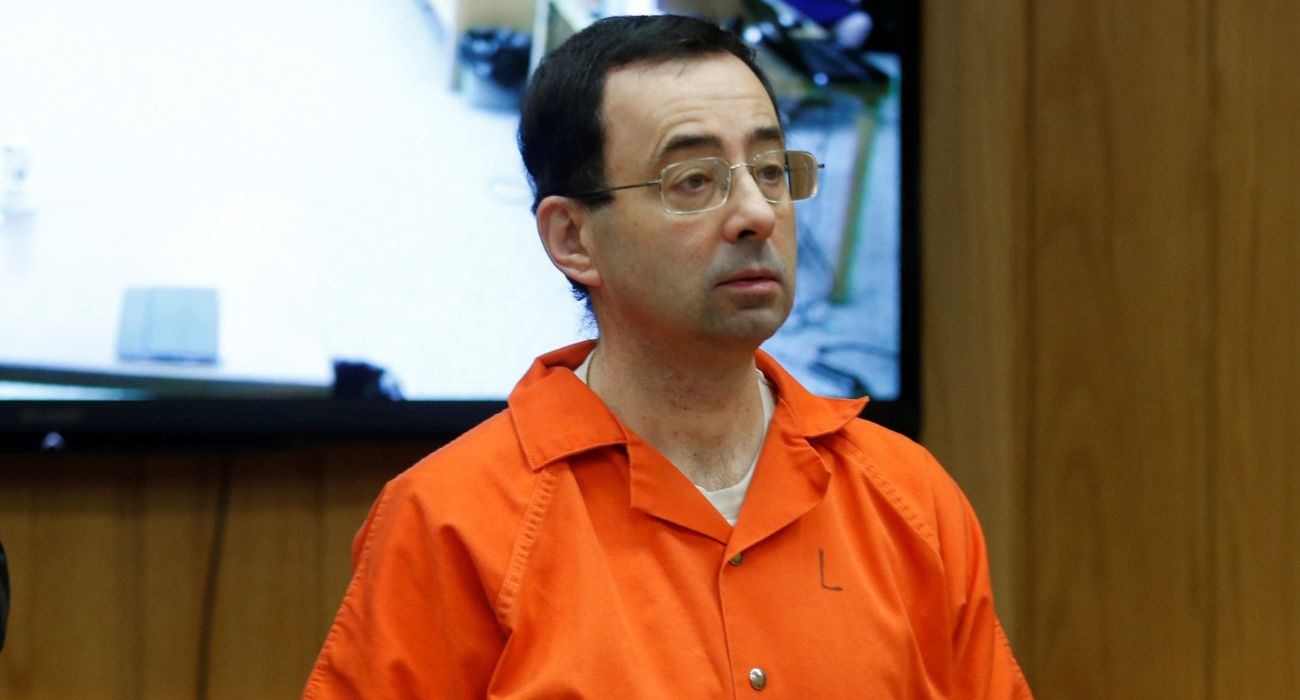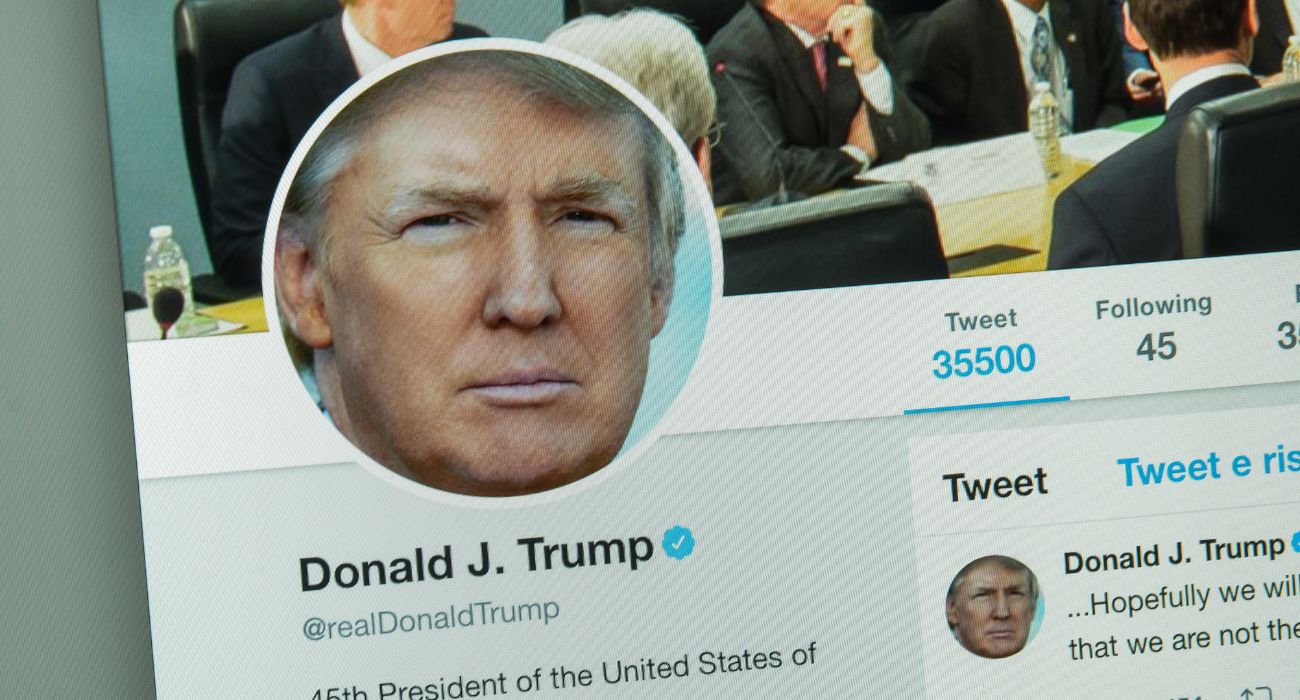Larry Nassar, the disgraced gymnastics doctor convicted of sexually assaulting female athletes in his care, suffered various injuries after being stabbed multiple times on Sunday. Investigators said they were unable to obtain video evidence of the incident.
Nassar was stabbed in his chest and back while in his cell at the United States Penitentiary Coleman — also known as USP Coleman II — in Florida. He was taken to a hospital and was in stable condition, as previously reported by The Dallas Express.
This is the second time Nassar has been attacked while in federal custody. The first incident occurred in May 2018 at a federal prison in Tucson, Arizona, per Associated Press. Few details were released about the nature of the first attack, but some information from Sunday’s incident has now been disclosed.
Joe Rojas, president of the union representing USP Coleman II staffers, told The Daily Beast that Nassar was “stabbed twice in the neck, six times in the chest, and twice in the back.”
He was in stable condition when the assault was first reported on Monday, but Rojas did confirm that Nassar had multiple injuries.
“He has a collapsed lung,” said Joe Rojas, per The Daily Beast. “He is lucky to be alive and the only reason he is alive, in my opinion, is because of the staff members who were there.”
The incident occurred around 2:35 p.m., and “responding staff immediately initiated life-saving measures,” a Federal Bureau of Prisons spokesperson told The Daily Beast. “The inmate was transported by EMS to a local hospital for further treatment and evaluation.”
Video evidence of the stabbing was reportedly unavailable due to the positioning of security cameras, which only capture public areas and do not face the inside of any cells.
Due to the lack of video, the incident is known as an “unwitnessed event” in federal prison parlance. Some cameras may have captured the assailant entering and leaving Nassar’s cell, per AP.
However, another inmate at the facility, Shane McMillan, allegedly confessed to assaulting Nassar with an improvised weapon, ABC News reported. McMillan apparently told workers that he attacked Nassar after he made a lewd remark about seeing girls play in the Wimbledon match that the inmates were watching on TV, per ABC News.
McMillan was sentenced to more than 20 years in prison in 2002 for conspiracy to distribute methamphetamine. Additional time has since been added to his sentence for similar incidents while in prison.
In 2006, McMillan punched a correctional officer while in the recreation yard, adding an additional five years to his original sentence.
In 2011, McMillan and another inmate attempted to kill a prisoner at the Federal Bureau of Prisons’ Administrative Maximum Facility in Florence, Colorado. The two stabbed the prisoner a total of 66 times, and each received an additional 20 years to their sentences, according to ABC News.
Two of the officers tasked with guarding Nassar’s unit were working mandated overtime due to staffing shortages when the incident occurred. These shortages have raised concerns about whether high-profile names can be protected in federal custody, especially after the suicide of “Unabomber” Ted Kaczynski in June.
“The failures that led to this assault are not isolated — too often we see similar incidents impact incarcerated people across the country,” said Daniel Landsman, the deputy director of policy at the criminal justice advocacy group FAMM, or Families Against Mandatory Minimums, per AP.
“The assault of Larry Nassar raises a number of questions regarding safety in federal prisons,” he continued.
Colette Peters was recently appointed as the Director of the Bureau of Prisons (BOP) and vowed to end corruption in the prison system and review the hiring process of officers.
Peters helped update the BOP’s vision statement, which now says that the goal of incarceration is to “develop good neighbors” through “the principles of humanity and normalcy.”






